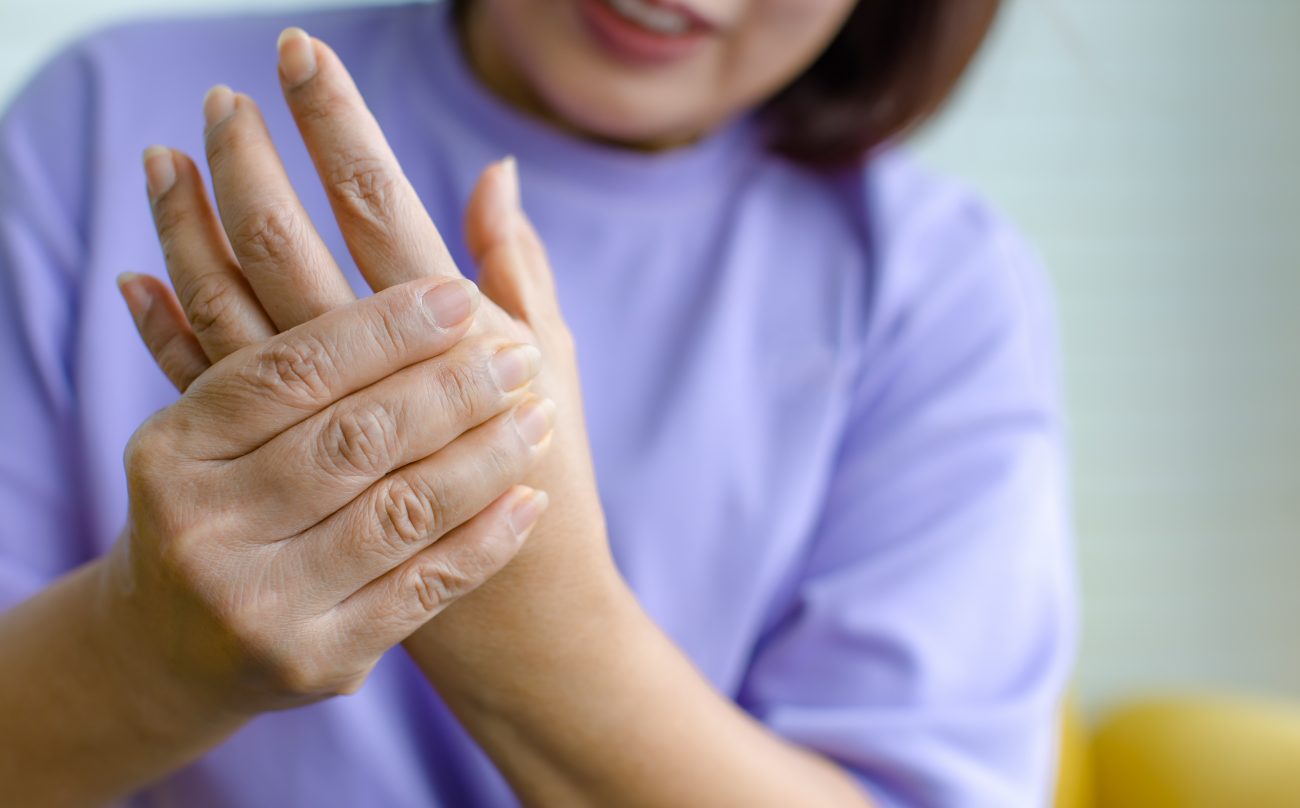Hand Arm Vibration Syndrome (HAVS) and Vibration White Finger – What’s the difference?
Hand Arm Vibration Syndrome or ‘HAVS’ for short is a condition that affects the hands, wrists and arms caused by exposure to vibrating tools. The vibration damages the nerves, joints and blood vessels in the affected hands, wrists and arms. Beyond a certain point, the damage is permanent and often extremely disabling.
I have seen many health and safety documents disclosed by defendants that say something along the lines of ‘Hand Arm Vibration Syndrome (formerly known as Vibration White Finger)’. This creates a misconception amongst workers that you have to have Vibration White Finger in order to have HAVS because they are the same thing. This can prevent workers from recognising the symptoms of HAVS and seeking legal advice.
Many people will have heard of ‘Vibration White Finger’ but not HAVS, so what is the difference?
Vibration White Finger is a condition that falls under the HAVS umbrella that, as the name suggests, causes fingers to go white as a result of using vibrating tools, particularly when cold or wet. The affected fingers often then go red as they warm up and become painful before it subsides. Once you have Vibration White Finger, it is permanent.
HAVS encompasses a number of different issues that result from the damage caused by using of vibrating tools, including:
- Tingling and/or numbness in the fingers
- Pain
- Reduced of grip
- Reduced of strength in the hands
- Reduced fine manual dexterity – it ability to pick up small objects, write, tie your shoelaces for example
- Reduced ability to tell hot from cold
- Carpal tunnel syndrome
- Osteoarthritis
- Whitening or ‘blanching’ of the fingers (Vibration White Finger).
Crucially, you do not necessarily need to have whitening or blanching of the fingers to be suffering from HAVS and, in fact, for many workers, there is no whitening of the fingers.
Workers may be diagnosed as suffering from conditions such as Carpal Tunnel Syndrome or Reynauld’s phenomenon rather than HAVS. If you are diagnosed with either of these conditions and regularly operate vibrating machinery or tools, you should seek legal advice.
Am I at risk?
You are at risk if you regularly use power tools and machines that create vibration. Many machines might cause HAVS and common examples include:
- Hammer drills
- Hand-held and pedestal grinders
- Jigsaws
- Polishers
- Impact wrenches
- Sanders
- Concrete breakers
- Powered mowers
- Strimmers, hedge-cutters, brush cutters and pole-saws
- Chainsaws
- Blowers
- Scabblers and needle guns
The HSE advises that workers are particularly at risk if they regularly operate hammer action tools for more than about 15 minutes per day or other vibrating tools for more than about 1 hour per day.
How do I get advice if I have HAVS symptoms?
For expert, confidential legal advice please contact Richard Green at richard.green@wards.uk.com or call on 01275 858515. Richard is an Associate Solicitor in the Personal Injury team and specialises in industrial disease claims, including HAVS. Wards Solicitors offer a free initial consultation and, if we are able to take your case on, we will act on a no-win, no-fee basis.


